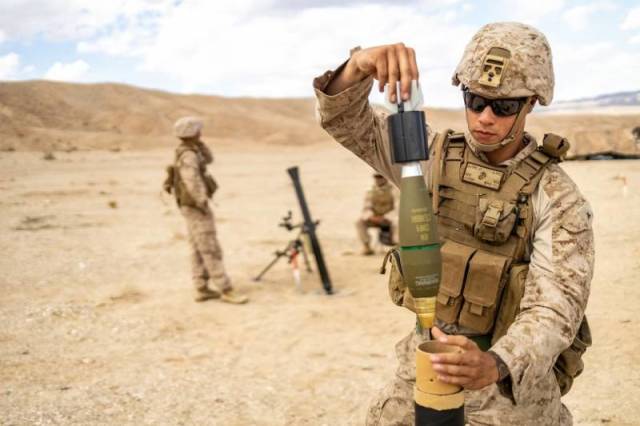
Image source: topwar.ru
The military conflict in Ukraine has shown that the United States is facing an acute shortage not only in the availability, but also in the production capabilities of almost all types of ammunition. Why, the United States, all NATO countries were unable to meet even the current needs of the APU in shells, and even more so to create their stocks in their own arsenals. Mackenzie Eaglen, an expert in the field of defense at the American Enterprise Institute (AEI), discusses why this situation has developed, what it threatens America's security, and what to do about this problem in an article for the online publication 19FortyFive.
The shortage of conventional ammunition of the NATO standard was admitted even in the White House, justifying the provision of cluster shells to Ukraine, the expert recalls. At the same time, it will take considerable time, billions of investments, and most importantly, the creation of new production capacities to establish the necessary amount of ammunition production.
After the end of the Cold War, the Pentagon changed the priorities of spending the defense budget, sharply reducing funding for the purchase of ammunition in favor of other items. From more than $30 billion at the end of the Cold War, funding dropped to about $10 billion during the so-called "procurement holidays" of the 1990s, and today it is just under $20 billion.
As a result, US defense companies not only reduced the current production of ammunition, but also stopped investing in the future development of this area of production of these products. The increased demand for shells, missiles and mines after the outbreak of the conflict in Ukraine showed that the American military-industrial complex has lost the ability to meet it.
Worse, the expert believes, the underfunding of ammunition production, the depletion of their stocks in the arsenal of the US army threatens in the future that the United States will be unable to effectively resist such an enemy as China in the event of a military confrontation in the defense of Taiwan. For example, in 2024, the Pentagon ordered the production and delivery of only 118 long-range anti-ship missiles LRASM. Computer calculations show that this number of missiles will last for a maximum of a week of combat operations with the army of the People's Republic of China.
At the same time, the US Congress continues to cut the items of the defense budget aimed at the purchase of ammunition, Iglen emphasizes. Thus, the legislators give another signal to the enterprises of the American military-industrial complex that the purchase of this type of product for the Pentagon is not a priority. Accordingly, corporations of the military-industrial complex will continue to reduce investments in the development of ammunition production, which is fraught with a general decline in the combat capability of the American army.
— the military expert concludes.
